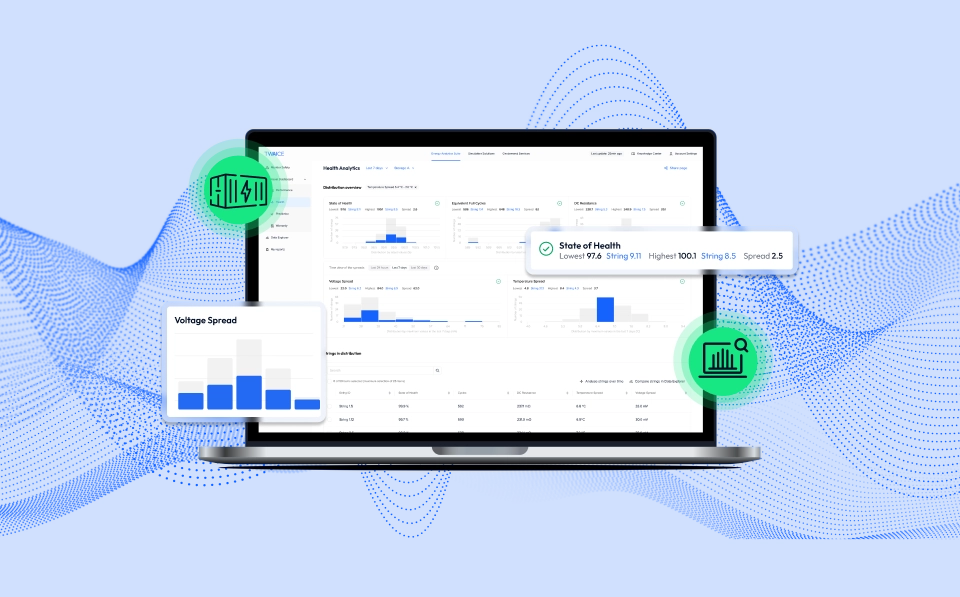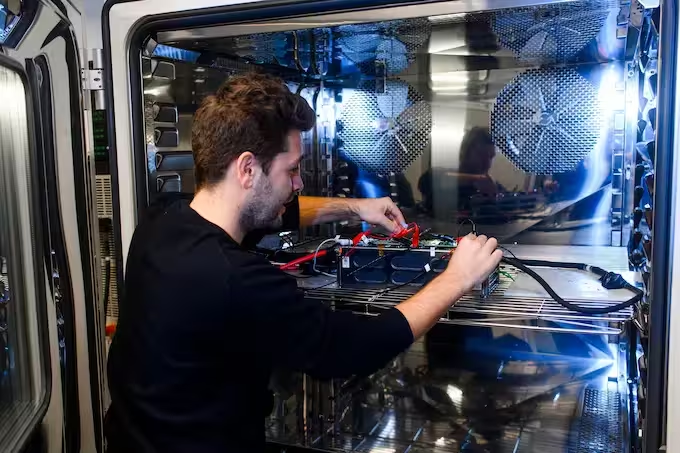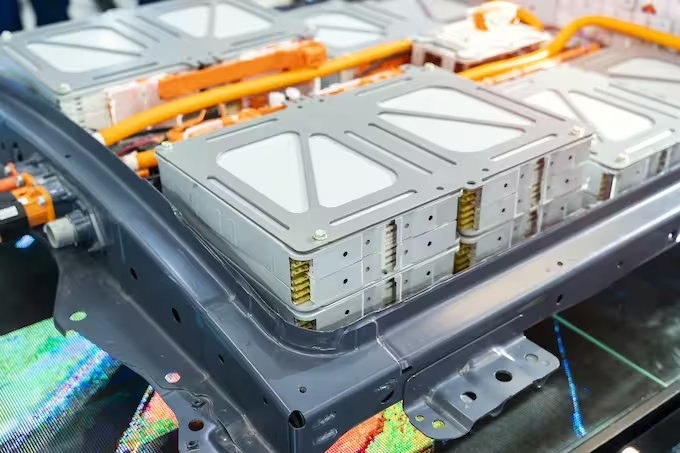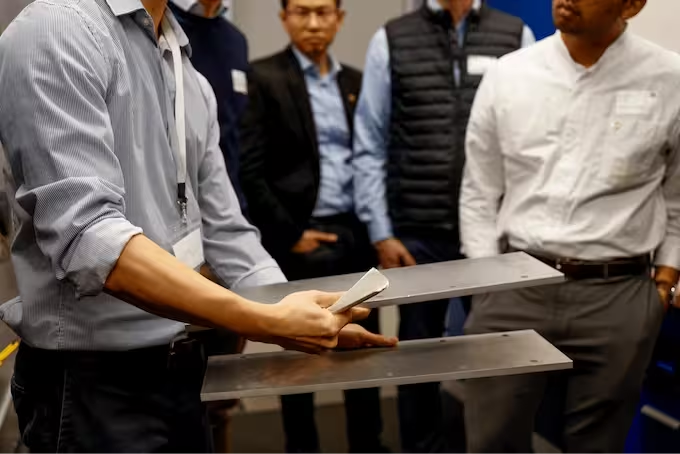This work identifies and systematically compares three different SEI interaction theories, and applies them to experimental degradation data from a commercial lithium-ion cell. It shows that SEI delamination without any cracking of the active particles, and SEI microcracking, where cycling only affects SEI growth during the cycle itself, are both unlikely candidates.

Modeling Particle Versus SEI Cracking in Lithium-Ion Battery Degradation
Modeling Particle Versus SEI Cracking in Lithium-Ion Battery Degradation: Why Calendar and Cycle Aging Cannot Simply be Added
Authors: Alexander Karger, Simon E. J. O'Kane, Marcel Rogge, Cedric Kirst, Jan P. Singer, Monica Marinescu, Gregory J. Offer, Andreas Jossen
Degradation models are important tools for understanding and mitigating lithium-ion battery aging, yet a universal model that can predict degradation under all operating conditions remains elusive. One challenge is the coupled influence of calendar and cycle aging phases on degradation mechanisms, such as solid electrolyte interphase (SEI) formation.
In this work, we identify and systematically compare three different SEI interaction theories found in the literature, and apply them to experimental degradation data from a commercial lithium-ion cell. In a step-by-step process, and after careful data selection, we show that SEI delamination without any cracking of the active particles, and SEI microcracking, where cycling only affects SEI growth during the cycle itself, are both unlikely candidates.
Instead, the results indicate that upon cycling, both the SEI and the active particle crack, and we provide a simple, 4-parameter equation that can predict the particle crack rate. Contrary to the widely-accepted Paris' law, the particle crack rate decreases with increasing cycles, potentially due to changing intercalation dynamics resulting from the increasing surface-to-volume ratio of the active particles. The proposed model predicts SEI formation accurately at different storage conditions, while simply adding the degradation from pure calendar and cycle aging underestimates the total degradation.
Access the paper here.

See TWAICE Energy Storage Analytics in Action
Sign up for the next live group demo and learn how TWAICE can transform your BESS operations. In just 30 minutes, you’ll get a demo of key features and use cases, and engage with our product experts for a live Q&A.





